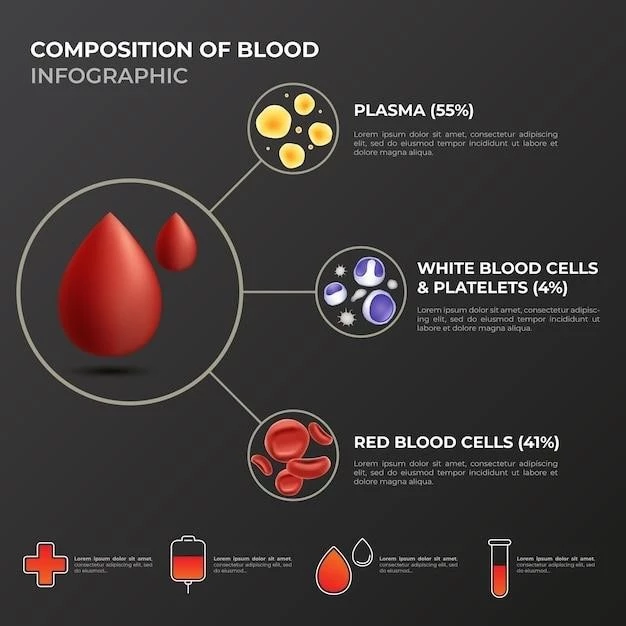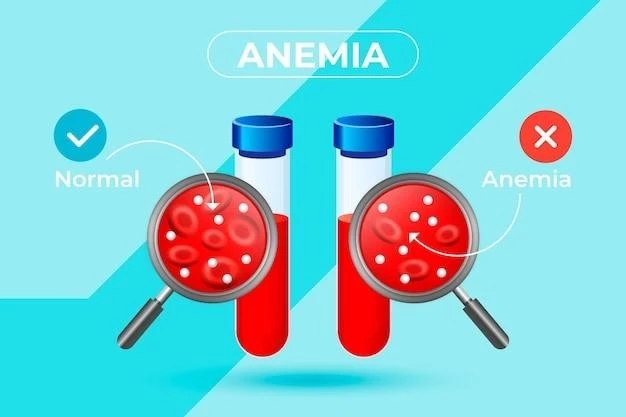The condition involving mitochondrial dysfunction‚ labeled as Myopathy with Lactic Acidosis and Sideroblastic Anemia‚ typically features exercise intolerance and progressive anemia onset.
Myopathy with Lactic Acidosis and Sideroblastic Anemia (MLASA) is an autosomal recessive disorder characterized by mitochondrial dysfunction leading to exercise intolerance‚ lactic acidosis‚ and progressive anemia onset. Genetic mutations play a crucial role in the pathogenesis of this rare condition.
Genetic Basis of the Disease
Studies have identified mutations in both nuclear and mitochondrial genes that are implicated in the pathogenesis of Myopathy with Lactic Acidosis and Sideroblastic Anemia (MLASA). These genetic defects play a significant role in the development and progression of the disease.
Mutations in Mitochondrial Genes
The genetic basis of Myopathy with Lactic Acidosis and Sideroblastic Anemia (MLASA) involves mutations in both mitochondrial and nuclear genes‚ particularly those related to mitochondrial respiratory chain function. These genetic variations contribute to the clinical manifestations and progression of the disease.
Definition and Characteristics
Myopathy with Lactic Acidosis and Sideroblastic Anemia (MLASA) is a rare autosomal recessive disorder characterized by mitochondrial dysfunction resulting in exercise intolerance‚ lactic acidosis‚ and progressive anemia.
Exercise Intolerance and Myopathy
Individuals with Myopathy with Lactic Acidosis and Sideroblastic Anemia often experience exercise intolerance due to mitochondrial dysfunction‚ leading to muscular weakness and reduced endurance capacity. This myopathic feature is a key characteristic of the condition.

Diagnosis and Management
Diagnosis typically involves genetic testing to identify mutations in mitochondrial or nuclear genes contributing to Myopathy with Lactic Acidosis and Sideroblastic Anemia. Management may include symptomatic treatment and addressing metabolic abnormalities.
Sanger Sequencing and Next-Generation Sequencing
Sanger sequencing and Next-Generation Sequencing techniques are instrumental in detecting mutations in mitochondrial and nuclear genes associated with Myopathy with Lactic Acidosis and Sideroblastic Anemia. These advanced molecular methods aid in accurate diagnosis and understanding the genetic basis of the disease.
Phenotypic Variability and Prognosis
The disease‚ Myopathy with Lactic Acidosis and Sideroblastic Anemia‚ exhibits significant phenotypic variability ranging from severe multisystem disorders in early infancy to milder presentations in adulthood.
Severity and Onset of Symptoms
Myopathy with Lactic Acidosis and Sideroblastic Anemia can present with varying degrees of severity‚ from early infancy with multisystem involvement to later onset in adulthood. The disease onset and progression are influenced by the underlying genetic mutations.

Recent Research and Case Studies
Recent studies have identified novel genetic mutations in mitochondrial genes associated with Myopathy with Lactic Acidosis and Sideroblastic Anemia. Case reports highlight the complex clinical manifestations and the importance of genetic testing for diagnosis.
Novel Findings in MLASA Syndrome
Recent research has identified novel genetic mutations in mitochondrial genes associated with Myopathy with Lactic Acidosis and Sideroblastic Anemia. These findings have provided insights into the underlying mechanisms of the disease and advanced our understanding of this rare mitochondrial disorder.
Impact on Iron Metabolism and Anemia
In individuals with Myopathy with Lactic Acidosis and Sideroblastic Anemia‚ there is a significant impact on iron metabolism‚ leading to the development of sideroblastic anemia. The abnormal iron metabolism in skeletal muscle and bone marrow contributes to the progressive muscle weakness and anemia associated with the condition.
Relationship between Lactic Acidosis and Sideroblastic Anemia
The relationship between lactic acidosis and sideroblastic anemia in individuals with Myopathy with Lactic Acidosis and Sideroblastic Anemia highlights the complex interplay between abnormal iron metabolism‚ mitochondrial dysfunction‚ and hematological abnormalities. The association between lactic acidosis and sideroblastic anemia underscores the diverse systemic impact of this rare mitochondrial disorder.
Future Directions in Treatment and Understanding the Disease
Advancements in genetic testing and molecular techniques offer promising avenues for precise diagnosis and tailored treatments for Myopathy with Lactic Acidosis and Sideroblastic Anemia. Understanding the complex interplay of mitochondrial dysfunction and iron metabolism provides a foundation for developing novel therapeutic strategies aimed at addressing the underlying mechanisms of the disease.
